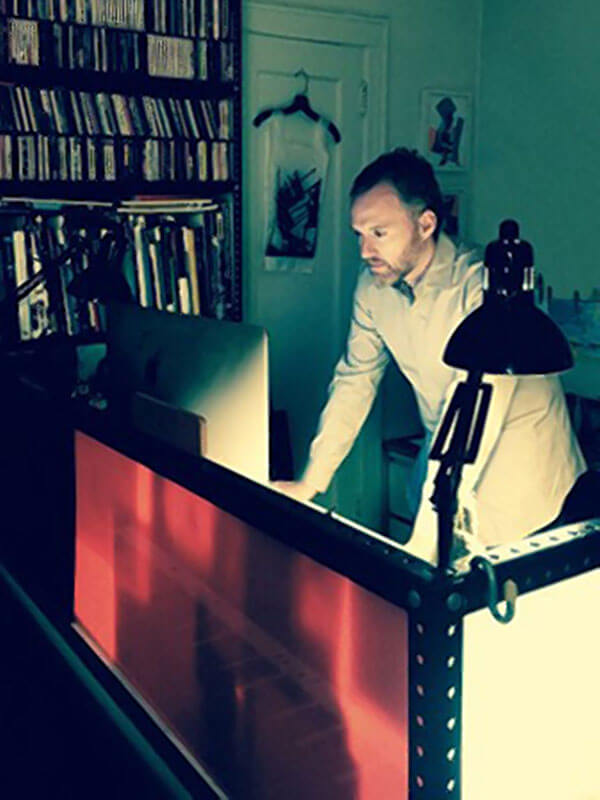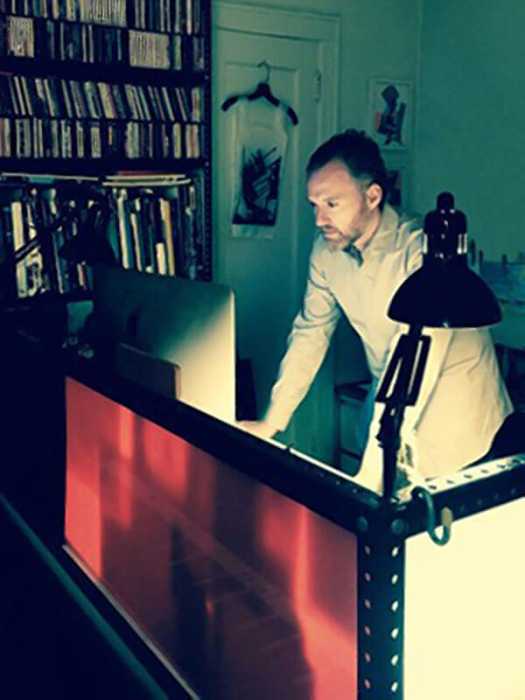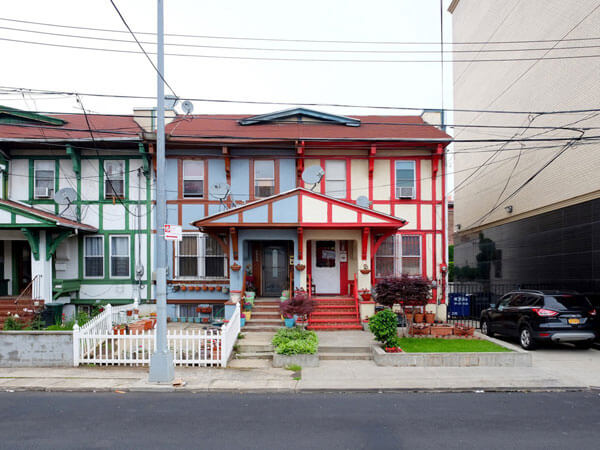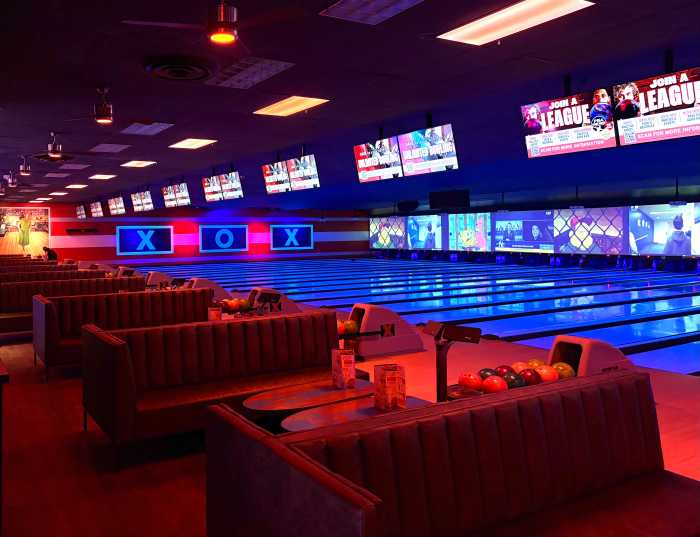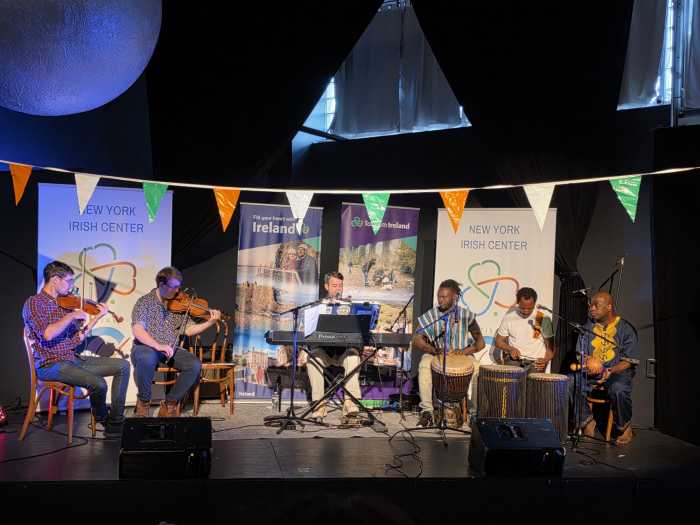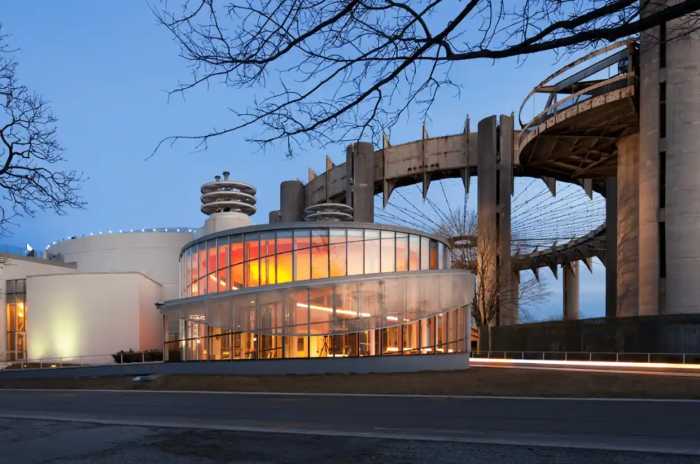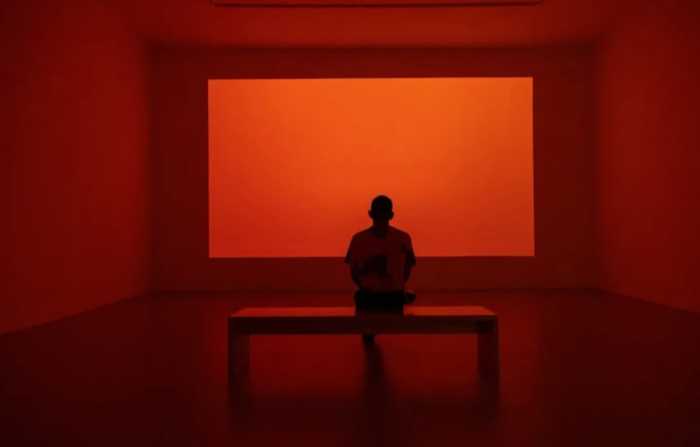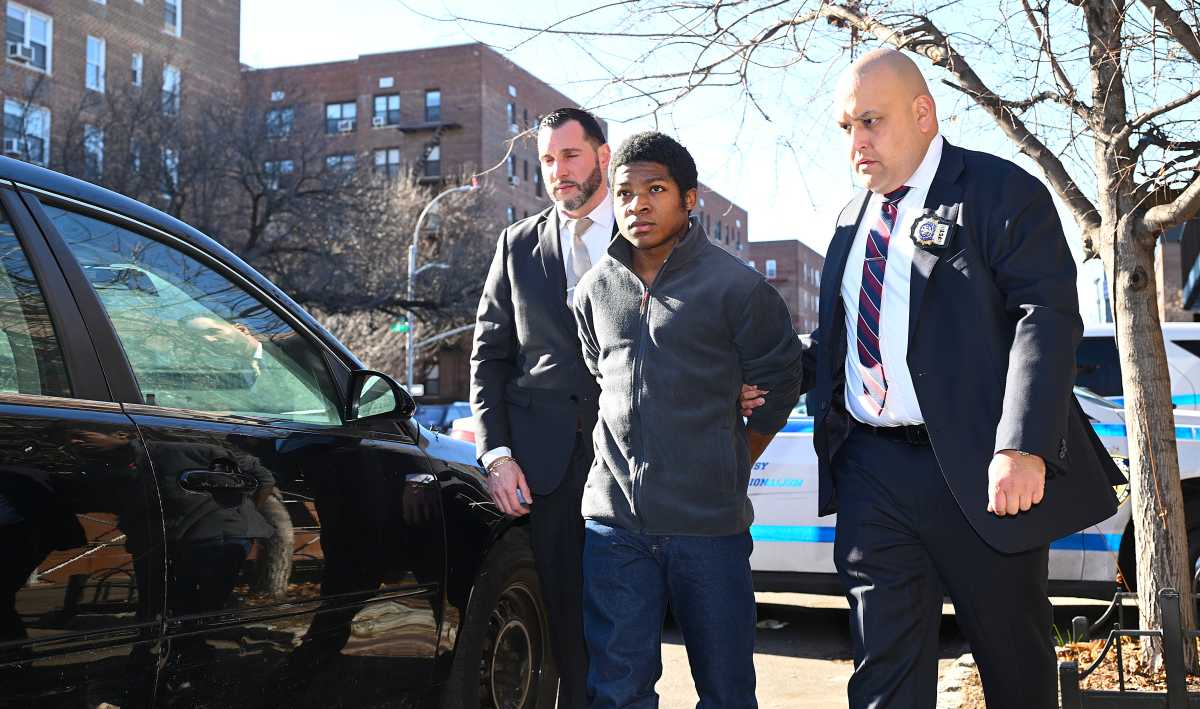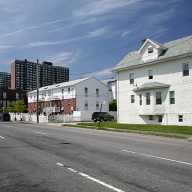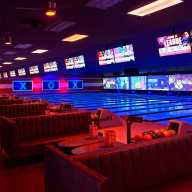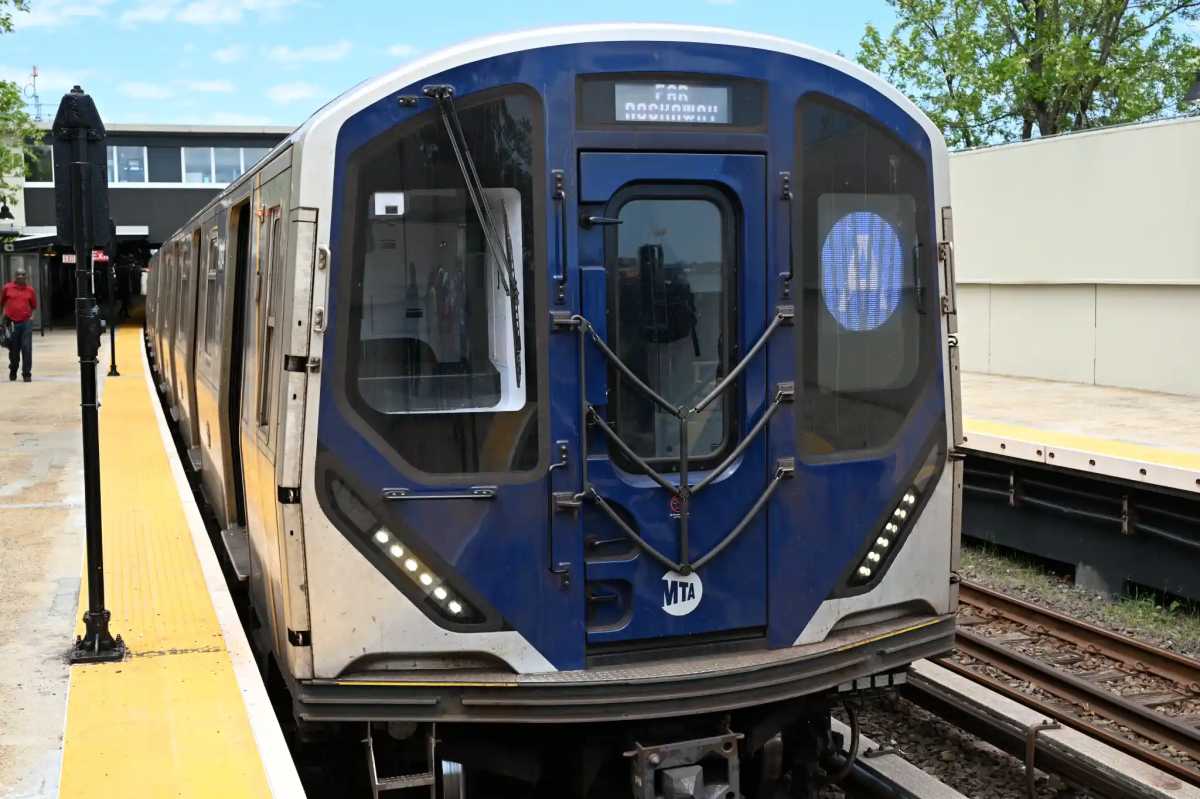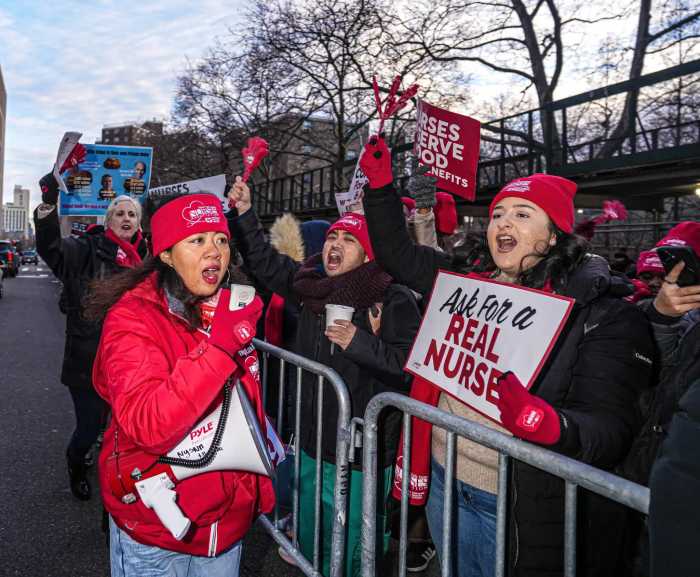By Tammy Scileppi
Across the globe are cities, towns, villages and hamlets in which people live and raise families. Some of the dwellings are quite old and even historic, while others are more modern. But the architectural style differs from place to place.
The same holds true for the World’s Borough, where each neighborhood has its own character and flavor, and the myriad styles of houses are as diverse as the people who inhabit them.
“I have always been interested in houses and how they are wrapped up with issues of our identity. When I started noticing how many houses in Queens were so idiosyncratic, and altered to suit their owner’s tastes, I began to photograph them thinking they would make a very interesting series and comparative study,” said Spanish-born architect and photographer Rafael Herrin-Ferri, who lives in a Sunnyside apartment — which serves as his home studio — and works across the Queensboro Bridge in Manhattan.
“All the Queens Houses,” an incredible exhibition featuring 273 of his photographs that capture local residences in 34 neighborhoods, is on view at The Architectural League of New York’s office gallery in Manhattan, every Friday from 2 p.m. to 6 p.m. through Dec. 15.
With this ongoing project, the photographer is investigating the (in)formal qualities of the borough’s attached, semi-detached, and detached houses and small apartment buildings, and exploring how they reflect the diversity of the population. The collection represents the most eclectic examples each neighborhood has to offer.
Herrin-Ferri began his ambitious project in 2012 and has documented one third of the borough to date, in over 5,000 photographs. He has focused his lens on façades and side elevations, as well as distinctive building features. While he doesn’t have a favorite style, as in Victorian, Ranch or Tudor, the artist said if he had to pick, it would probably be a heavily modified Minimal Traditional.
“I am much more interested in the variety of housing typologies. My favorites among those are the semi-detached house and small lot, multi-family apartment buildings,” he noted.
And his favorite nabe? He says it’s Corona.
“There is a great demographic mix, many different building types, good urban density, lots happening at eye level, one of the most dynamic urban spaces in NYC (Corona Plaza), and varied street patterns that make for very pleasant strolls,” according to Herrin-Ferri, who, with his architect’s keen eye for detail, examines the themes of identity, differentiation, and adaptation in the low-rise housing stock of Queens.
He said he was interested in how individual home-owners, whether they have a detached house or simply a balcony unit in a multi-family apartment building, “make their presence felt on the street by altering their dwelling to accommodate something essential about their lifestyle or culture.”
“In the cases where someone is starting from scratch and building from the ground up, what they end up altering most often is the archetype of the house or the historical style,” he added. “This happens everywhere to a certain extent with domestic architecture, but in Queens the contrasts are especially stark because – in most cases – people’s backgrounds are so different.”
So, how do the different housing options reflect on the diversity of the borough?
According to the artist, the broad spectrum of housing types and sizes caters to a diverse set of tastes, family sizes, and pocketbooks.
“The fact that much of the housing stock is rather modest, affords many recent immigrants with easy access into the market and the ability to alter a dwelling to their lifestyle. There is plenty of variation within each typology, not just in style but in features such as parking, yard space, balconies,” he said.
Exploring all of Queens’ houses will no doubt take lots of time. And, since home remodeling and alterations are ongoing phenomena, according to the artist, he isn’t sure how long his project will take to complete — or if it can ever be truly completed — but said he hopes to have visited all the neighborhoods in the borough in the next five years, so that this “first pass” can be bracketed by a 10-year period (2012-2022).
“I would love to have another, updated version of the show, with many new houses in the next year or two, and it would be a great honor for that to be in a larger venue somewhere in Queens,” he noted.
You may have seen Herrin-Ferri’s previous exhibit at Bliss on Bliss Art Projects (in Sunnyside), before he embarked on this immense photographic survey project. He created abstract collage art with scraps of paper, along with fellow collage artists from the Philippines.
Surprisingly, that abstract and informal interest drives much of his obsession with all things architecture, and is part of his “aesthetic criteria for photographing houses,” according to the architect, who has been working on a mix of small cultural and institutional buildings in and around New York City — a theater annex, a dance studio, a campus meeting house, etc. — over the last year, as well as some exhibition design for prominent museums such as the Museum of the City of New York and the Smithsonian in Washington, D.C.
Before moving to New York, he worked in Barcelona, Spain, and San Francisco.
“I was born in Spain to a Spanish mother and American father and have a mixed cultural heritage that I identify with equally,” he said. “My mother was a dancer and also had a keen aesthetic sense for decoration that permeated every corner of our home. My father is a writer and is always interested in stories and characters and people-watching, especially in Spain. My Spanish uncle is a painter and growing up I spent a good chunk of my summers around him, learning from his work and going to museums. So, I grew up immersed in the arts between American and Spanish cultures.
Herrin-Ferri said he hopes that Queens’ family-oriented housing is a safeguard against an unnatural influx of “gentrifiers” that can transform a neighborhood too quickly. “From my nine years of experience living in Sunnyside, the change has been so gradual that it could be thought of even in a positive light simply as ‘replenishing.’”

